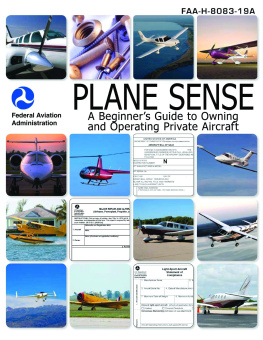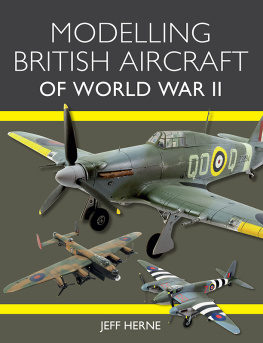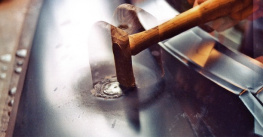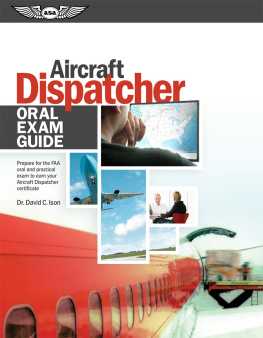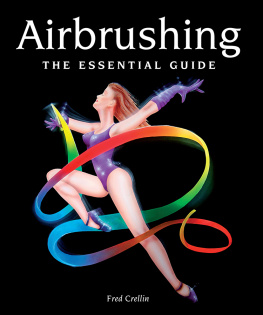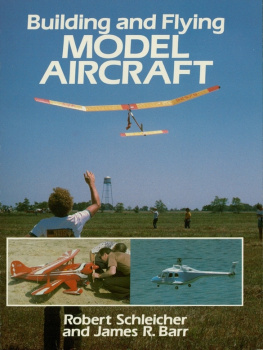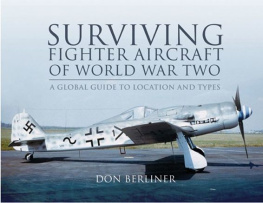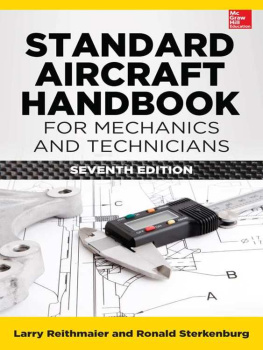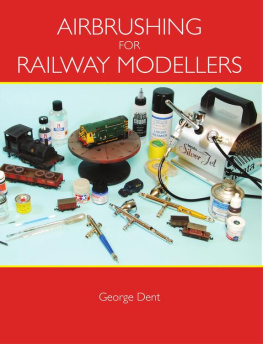AIRBRUSHING
Scale Model Aircraft
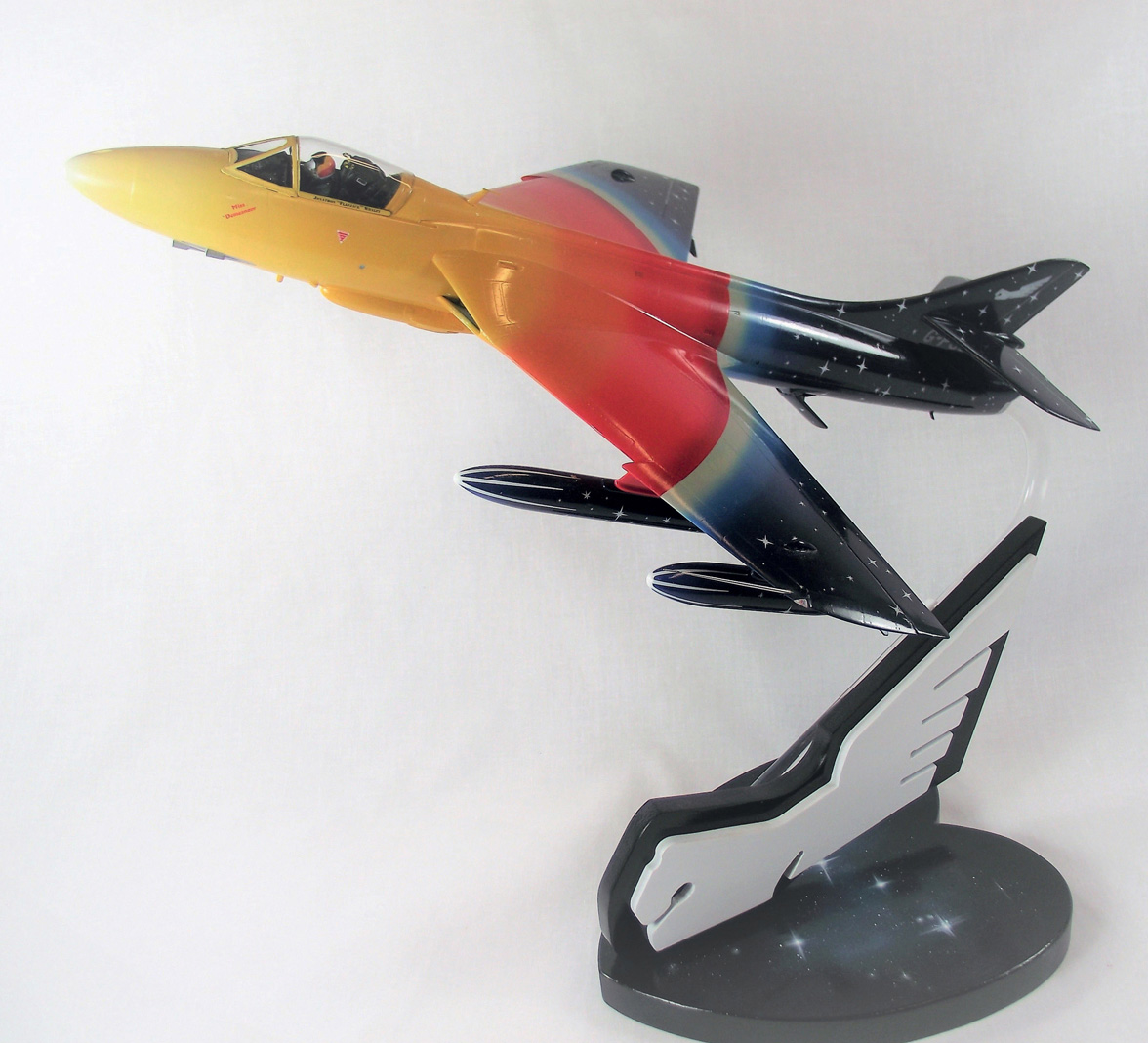
AIRBRUSHING
Scale Model Aircraft
Robin Carpenter

THE CROWOOD PRESS
First published in 2018 by
The Crowood Press Ltd
Ramsbury, Marlborough
Wiltshire SN8 2HR
www.crowood.com
This e-book first published in 2018
Robin Carpenter 2018
All rights reserved. This e-book is copyright material and must not be copied, reproduced, transferred, distributed, leased, licensed or publicly performed or used in any way except as specifically permitted in writing by the publishers, as allowed under the terms and conditions under which it was purchased or as strictly permitted by applicable copyright law. Any unauthorised distribution or use of thistext may be a direct infringement of the authors and publishers rights, and those responsible may be liable in law accordingly.
British Library Cataloguing-in-Publication Data
A catalogue record for this book is available from the British Library.
ISBN 978 1 78500 476 6
Contents

Introduction
Since the invention of aircraft, for a variety of reasons, people have had the desire to model them in one form or another. During World War II, for example, aircraft models were used for identification training; carved wood or balsa wood kits was the starting point for these models. Injection moulding came into play in the mid-1930s using cellulose acetate, which gave far more accurate results in far less time. In the 1950s, polystyrene was commonly used and is still used today. Initially, the mouldings were very basic and dimensions were not very accurate, frequently leaving bare cockpits and undercarriage bays. From the 1960s onwards, plastic-injection moulding came on in leaps and bounds, and present-day mouldings include very detailed cockpit interiors and wheel-bays. In addition to injection-moulded plastic, some modern kits include polyurethane resin and etched brass parts, and there are after-market companies, like Eduard and Aires, going one step further to produce super-detailed resin and etched brass accessories.
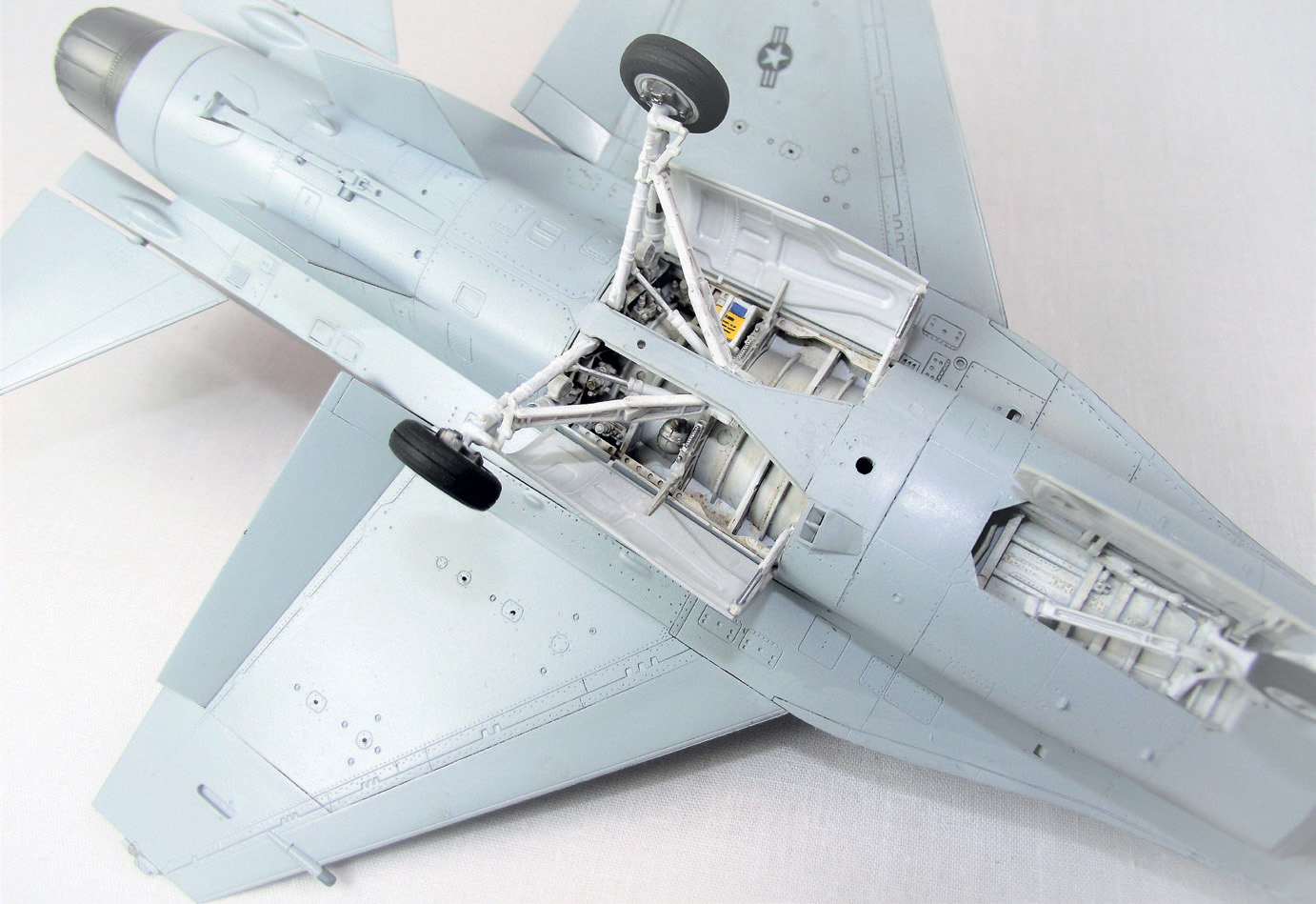
Injection moulding has advanced since the 1950s and manufacturers are improving all the time. This 1/48 scale undercarriage bay is from a 2008-produced Tamiya F-16. This kind of detail would have been unheard of in years gone by, from a mainstream producer.
Once the model has been made, most modellers will have the desire to paint it, to provide an accurate representation of the real thing. Most people start painting with brushes, and a skilled painter with the right brushes can make any model look good. Armed with an airbrush and a little expertise, however, you can make a model look very good indeed, whatever the base material. This book is written to assist you in buying and setting up your equipment, then using your airbrush from beginner level to more advanced techniques and gaining the skills to give an expert finish.
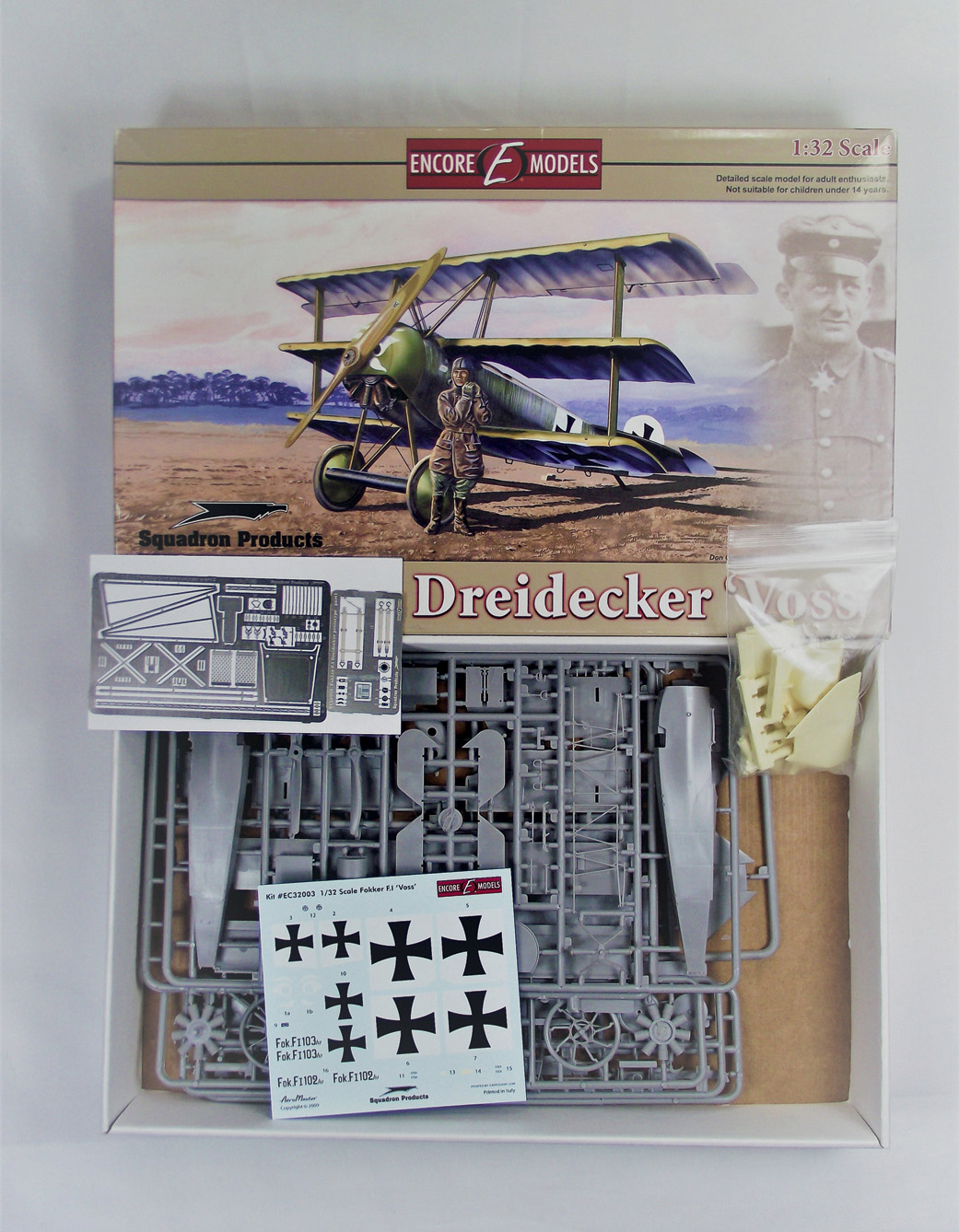
A typical multimedia kit that includes etched-brass and resin components, as well as the plastic parts. These accessories enable the builder to go a step further with details and building skills.
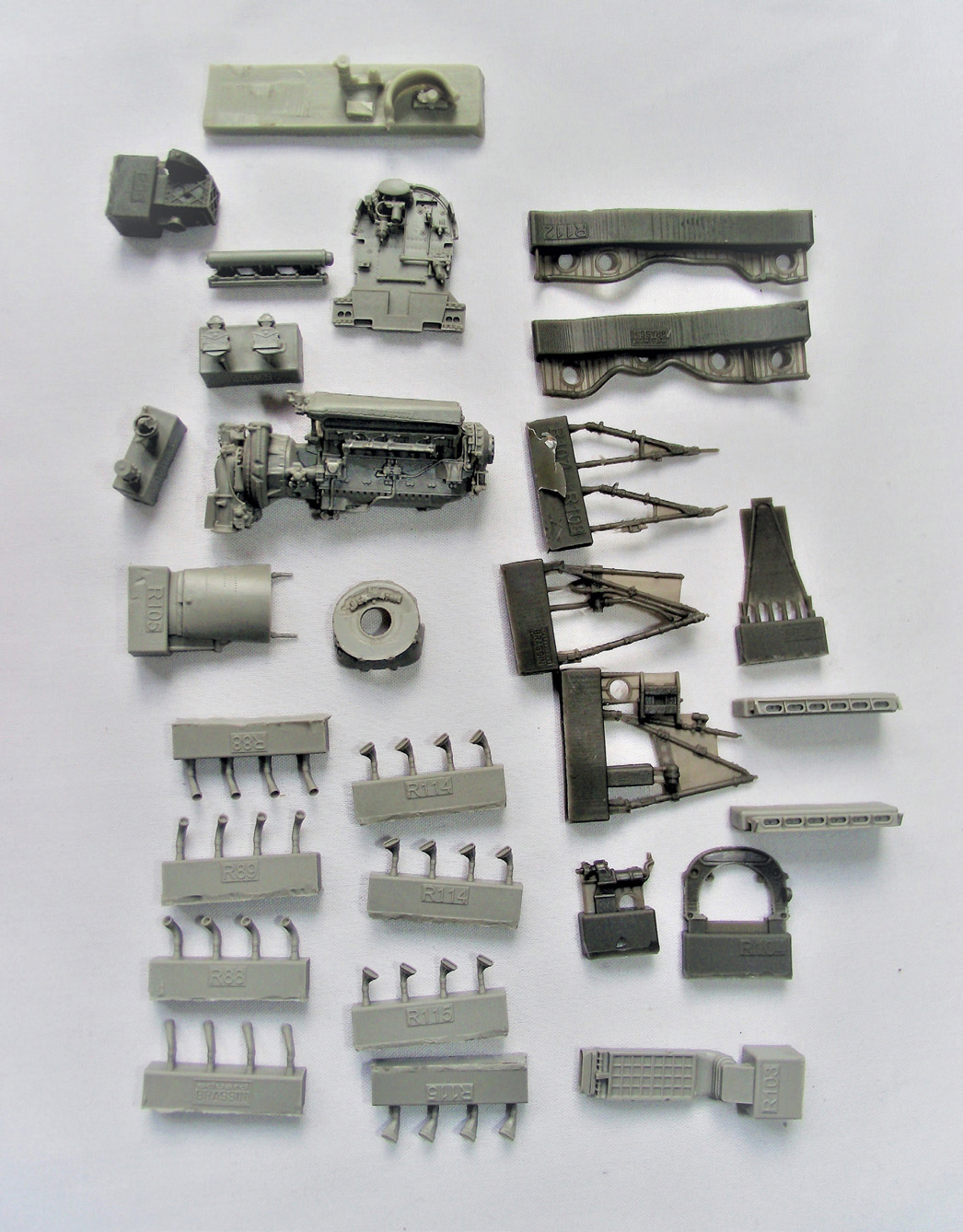
Eduard manufacture, under the Brassin label, this superb super-detailed 1/48 scale Merlin 61 engine, which also includes engine bay covers and etched-brass details (not shown in this picture).
A BIT ABOUT THE AUTHOR
After service in the Royal Navy, I joined the aviation industry and for twenty-two years I painted real aircraft for a living, working on historic aircraft made from canvas and wood, Spitfires, air ambulances, through military aircraft and helicopters to Boeing 767s, including executive aircraft like The Queens Flight. I was heavily involved in the design and first application of the colourful exterior scheme of the display aircraft Hawker Hunter Miss Demeanour in the late 1990s, and I have been making models of ships, dioramas and aircraft as far back as my childhood. In 2003, I put my first love of model-making and my career skills together and formed a company supplying paints and painting equipment to the hobby market. From this I developed my present work. For the past thirteen years I have been teaching beginners in airbrushing at a class for model-makers. In my view, the principles of painting a model are the same as painting real aircraft it is just a question of scale. The beginners class has given me insight into problems modellers have when they start to airbrush. In this book I will share my experience to give you the confidence and skill to produce a well-painted model, something to be proud of, and help you deal with many of the pitfalls you may come across.
I do not teach people to spray paint, I teach people to be in control of their equipment. Just like handwriting, everyone will develop their own airbrushing techniques and habits, both good and bad. Only by learning from your mistakes will you advance. So, believe in yourself, prepare your project, read this book and enjoy your airbrushing.
In the preparation of this book I would like to thank the Airbrush Company for their unfailing support with my courses and their encouragement for writing the book, as well as for providing access to photograph some airbrushes, compressors and equipment; to my wife Rosemary for her support in helping me put this book together; and to numerous enthusiasts, groups and museum staff for their help and permission in obtaining images by allowing access to exhibits, engines and to air side. I am particularly grateful to the staff at Duxford, Cosford and Gloucester Aviation Museums. My thanks also go to my publisher who made the initial suggestion and who have helped me through the writing process.
Chapter One
Aeroplanes
To get a realistic finish to any model aircraft, there is no substitute for thorough research. Once you have chosen a subject, go and look at a full-size example, if you can, but be aware that modern security criteria can make this problematic with some subjects. In the UK there can be restrictions, and in other countries this will likely be the case, so always make sure you have permission it is always good manners to ask first. If you cant get out, there are lots of good books available at specialist bookshops or at your local library. Searching on the internet can provide you with information you would not get access to at an air show. Museums are ideal for historical aircraft; some of them allow close access and have engine cowlings or doors open for those who want to go the extra mile with detailing.

When looking for details associated with particular aircraft, museums are the place to go. Recently, at the RAF Museum Cosford, this Ju-52 engine bay was exhibited fully uncovered, showing many details and colours of the components.
Next page

